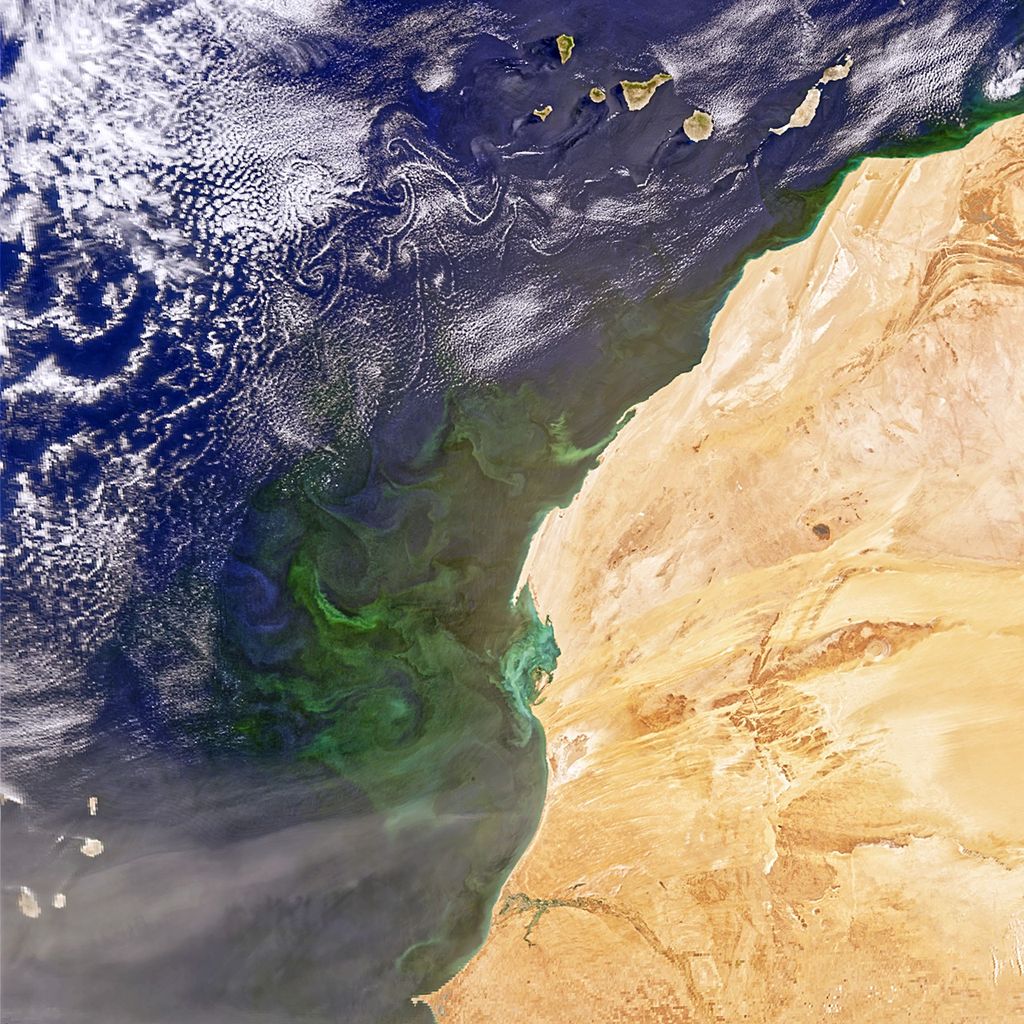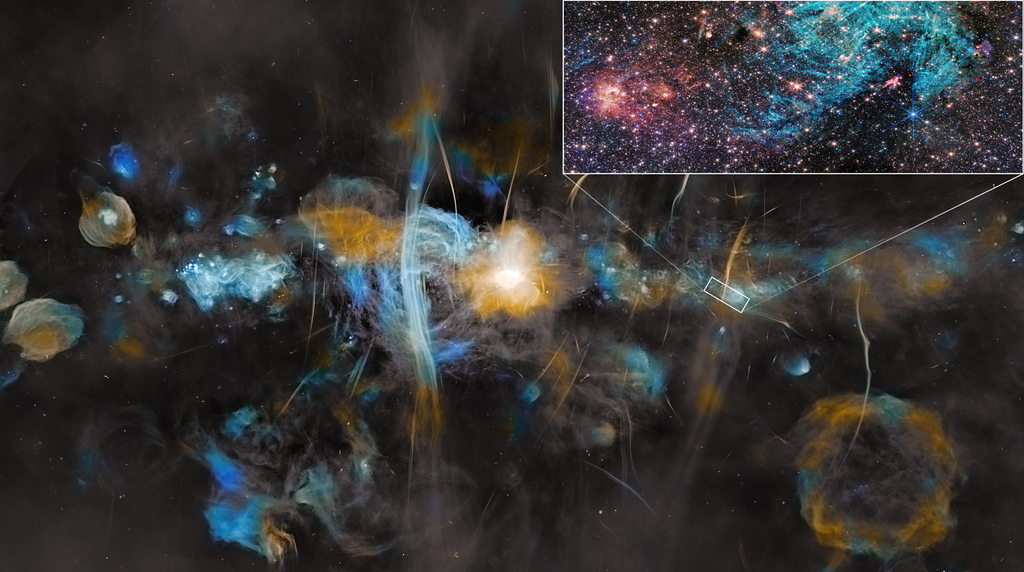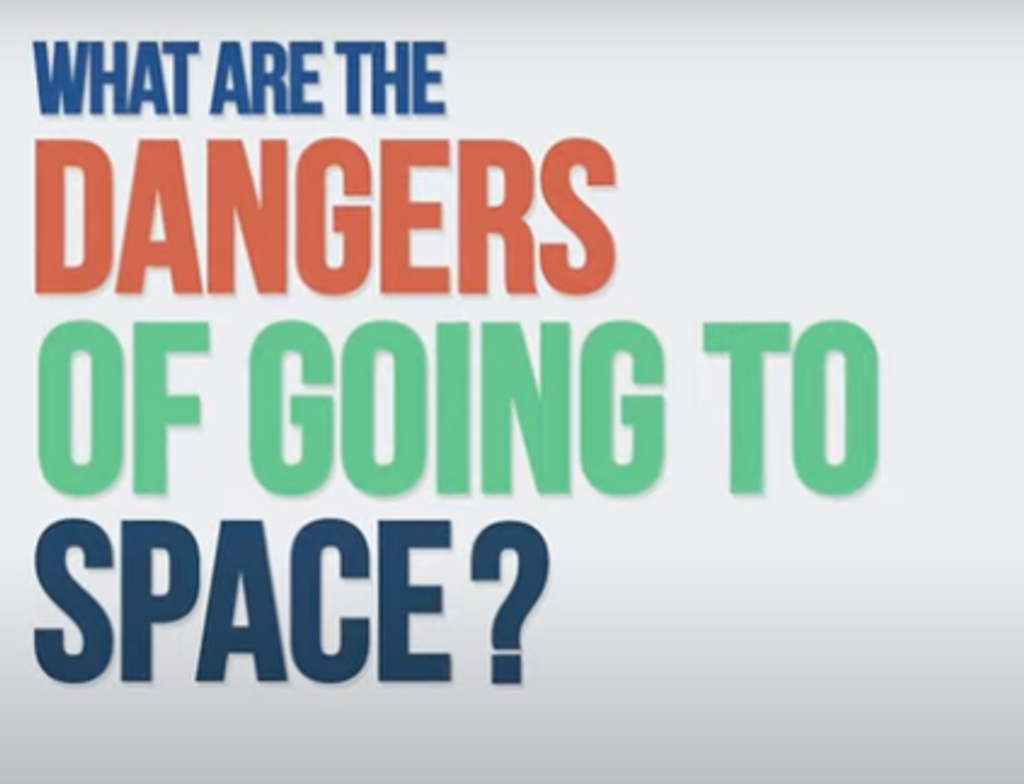
Robert L. Crippen
Former NASA Astronaut and Kennedy Space Center Director (1992–1995)
Born September 11, 1937, in Beaumont, Texas, Crippen received a bachelor of science degree in aerospace engineering from the University of Texas in 1960. He was commissioned through the U.S. Navy’s Aviation Officer Program. As a Navy pilot from June 1962 to November 1964, he completed a tour of duty aboard the aircraft carrier USS Independence. He later attended the USAF Aerospace Research Pilot School at Edwards Air Force Base, California. Upon graduation he remained at Edwards as an instructor until his selection for the USAF Manned Orbiting Laboratory (MOL) Program in October 1966.
Crippen became a NASA astronaut in September 1969. He was a member of the astronaut support crew for the Skylab 2, 3, and 4 missions and for the Apollo-Soyuz Test Project mission. He was the pilot of the first orbital test flight of the Shuttle program (STS-1, April 12–14, 1981) and was the commander of three additional shuttle flights: STS-7, June 18–24, 1983; STS-41C, April 6–13, 1984; and STS-41G, October 6–13, 1984. He has logged more than 6,500 hours flying time, which includes more than 5,500 hours in jet aircraft.
From January 1990 to January 1992 he served as Director, Space Shuttle, at NASA Headquarters in Washington, D.C. In this headquarters post he was responsible for the overall Shuttle program requirements, performance, and total program control, including budget, schedule and program content. He was stationed at KSC from July 1987 to December 1989, serving as Deputy Director Shuttle Operations for NASA Headquarters. He was responsible for final Shuttle preparation, mission execution and return of the orbiter to KSC following landings at Edwards Air Force Base, California.
Crippen served as the director of NASA’s John F. Kennedy Space Center from January 1992 to January 1995. In this position he was responsible for all activities occurring on the U. S.’s gateway to the universe. During his tenure, the center processed, safely launched, and recovered 22 Space Shuttle Missions. He provided leadership for over thirteen thousand civil service and contractor personnel. This included oversight of multiple contracts supporting center operations for both manned and unmanned space flight. He also implemented cost savings of greater than 25 percent by establishing and developing new quality management techniques while ensuring the highest safety standards in an extremely hazardous environment.
In January 1995, his 21 year NASA career came to an end, and he went on to serve as vice president of Training Simulation Systems at Lockheed Martin Information Systems. In December 1996 he became President of the Thiokol Propulsion Group, Brigham City, Utah. This newly established Group was composed of three divisions, Space Operations, Defense and Launch Vehicles, and Science and Engineering. Crippen retired in April 2001 as President of Thiokol Propulsion.
His accomplishments have earned him many notable awards: the NASA Exceptional Service Medal in 1972; five awards in 1981, including the Department of Defense Distinguished Service Award, The American Astronautical Society of Flight Achievement Award, The National Geographic Society’s Gardiner Greene Hubbard Medal, and induction into the Aviation Hall of Fame. In 1982 he won the Federal Aviation Administration’s Award for Distinguished Service, the Goddard Memorial Trophy and the Harmon Trophy. In 1984 he received the U.S. Navy Dist Leadership Medal in 1988 and three Distinguished Service Medals in 1985, 1988, and 1993. He is also a Fellow in the American Institute of Aeronautics and Astronautics, American Astronautical Society and Society of Experimental Test Pilots.
Crippen is married to the former Pandora Lee Puckett of Miami, Florida. He has three daughters: Ellen, Susan, and Linda.

















/quantum_physics_bose_einstein_condensate.jpg?w=1024)













